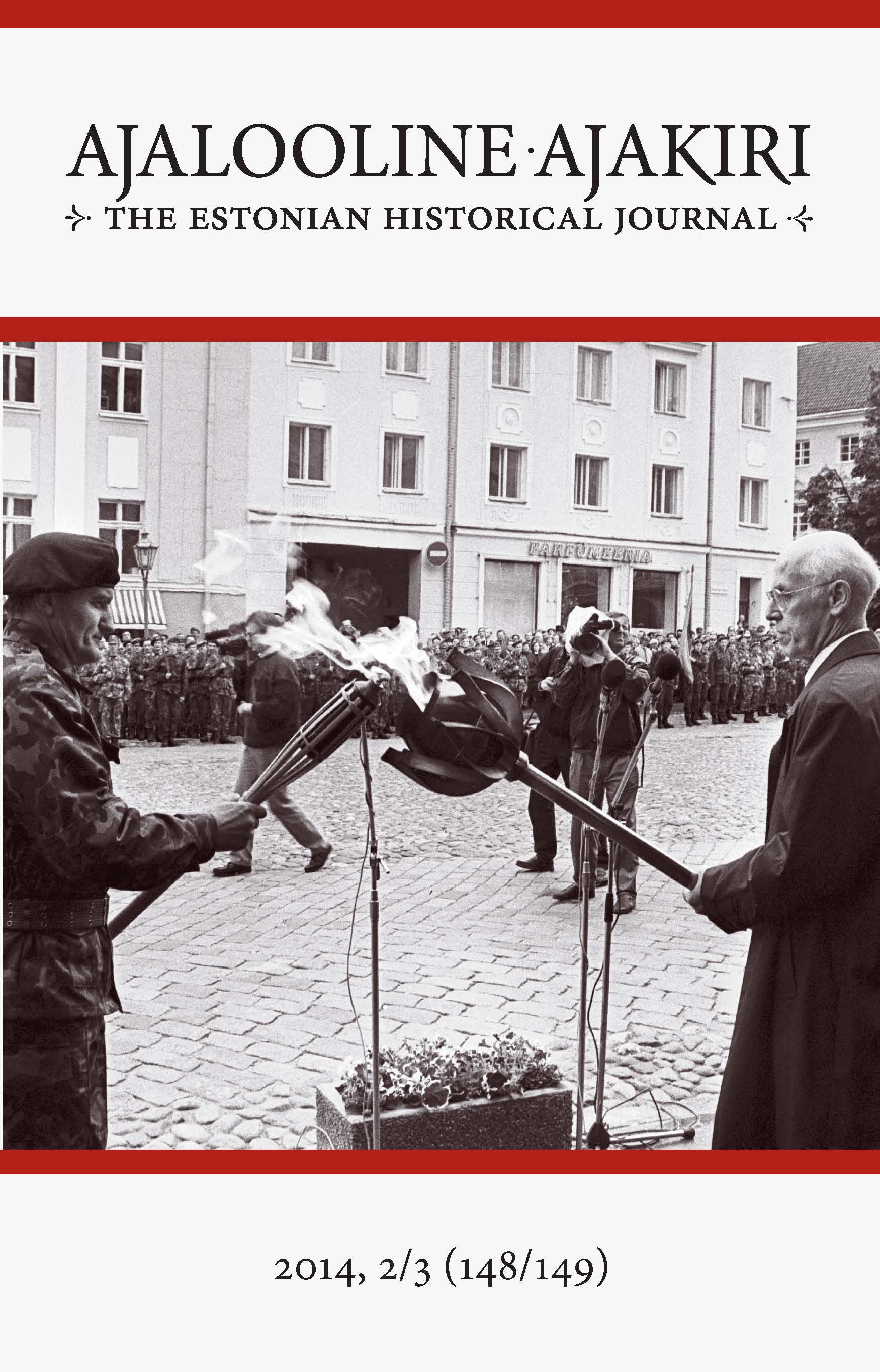Post-kommunistliku Eesti vabariigi rändepoliitika rahvuskujunduse komponendina [Abstract: The migration policy of the post-communist Republic of Estonia as a component of nation-building]
DOI:
https://doi.org/10.12697/AA.2014.2-3.03Abstract
This article examines the practices of Estonian migration policies based on the concept of nation-building. The latter is a relatively common architectural metaphor used predominantly to describe social, political and economic integration processes taking place within modern nation-state formations. More precisely, this term denotes activities which aim to increase homogeneity in societies which are often ethnically fragmented. As a rule, the implemented language, education, citizenship, migration and ohter policies are not ethno-culturally neutral and seek to preserve or promote a particular national identity. In many post-imperial contexts, efforts to change country’s ethno-demographic structure in particular have formed a cornerstone of a nationalizing state. This paper argues that Estonian policymakers utilized migration policies as a means of nation-building. They became one of the most important tools in seeking to ‘compensate’ for the large demographic shifts the country witnessed under Soviet occupation. During this time, the non-Estonian population grew rapidly – from 3% in 1945 to 38.5% in 1989. As such, the immigration policy of re-independent Estonia has been quite controlling in nature. With the complicated ethno-demographic situation in mind, Estonian central authorities introduced restricted annual quotas on migration (with the limit being set at 1000 on average) and a stringent system of work permits in the early 1990s. These quotas did not apply to permanent residents and from autumn 1997, citizens of the European Union or Scandinavian countries. In addition, for the selection of labour originating outside of the EU, minimum wages were established. Those seeking asylum in Estonia – of which, on a global scale, there have been very few – have been discouraged by the high number of applications refused. Until 2012 Estonia did not offer the adaptation programs for the newcomers either. On the other hand, the republic pursued an ethnically differentiated exit policy. To this end, the voluntary emigration of foreign minorities was financed from the state budget, particularly in the case of Russophones, while ethnic Estonians and Estonian citizens received monetary support to return to the country. The system was launched in May 1993 under the aegis of Estonian Migration Foundation, which had been instituted the year before. In the early 1990s some earmarked financial aid was also received from the European Union and other Western countries. Regarding the withdrawal of former Soviet troops from Estonia, the United States was particularly helpful. In order to foster the repatriation of Russian military retirees, it instigated a bilateral resettlement programme with the Russian Federation in July 1994. Although this agreement provided every retired officer who pledged to leave Estonia with a housing voucher valued at US$ 25,000, the project in general was not very successful. The article also explores the legal framework within which migration policies were implemented. It implies that the behind-the-scenes logic of other Estonian legislation with an ethno-political bent (e.g. Aliens or Citizenship Acts) could also be seen to have contributed to the voluntary re-migration of non-citizens. Hopes were nurtured that the exclusive provisions of the law would to a large extent force the poorly integrated and ‘disloyal’ contingent out of the country. In this way it was also hoped that social integration and transition processes would be simplified, ethnic tension within Estonia would be assuaged, potential conflict would be prevented and that the task of further nation-building would be a little easier. Today there are few members of titular nation living in the former factory and military towns like Narva, Kohtla-Jarve, Sillamae and Paldiski. Therefore, to a lesser extent, the state also attempted to regulate internel migration. The central authority sought to boost the presence of the state sector in russified regions, for instance in north-eastern Estonia, as a form of ‘demographic exporting’ of the majority culture, creating jobs there for Estonian-speaking specialists, compensating the cost of relocation and paying them higher than ordinary bonuses. The article concludes that settlement policies oriented towards the demographic ‘Estonianization’ of the state have not functioned well due to nation’s smallness, the negative rate of natural increase, the high level of emigration and socio-economic factors. The spatial location of the dominant linguistic groups remains segregated and return migration of peole with ‘Estonian roots’ has been modest. In the early years following the restoration of independence some of those least connected to Estonia (for complex reasons) left the country. Their numbers – almost a quarter of all non-Estonians living in a state at the time – were relatively large given the modest size of the overall population, but it cannot be claimed that the structure of the populace changed significantly as a result. KEYWORDS: nation-building, demography, migration policy, Estonia, postcommunismDownloads
Download data is not yet available.
Downloads
Published
2014-10-13
Issue
Section
Artiklid / Articles

